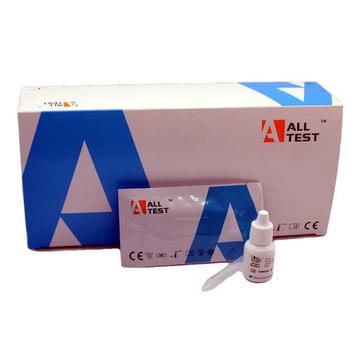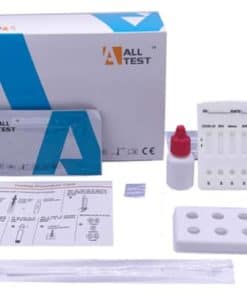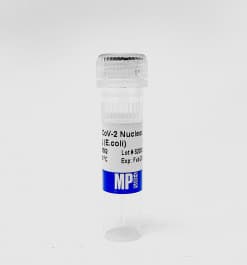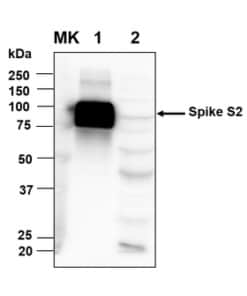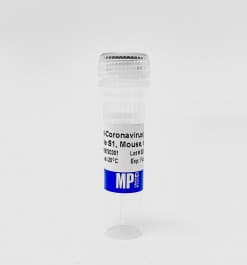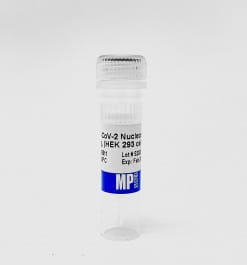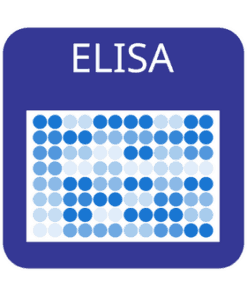
2019-nCoV IgG/IgM Rapid Tests
The 2019-nCoV IgG/IgM Rapid Test Cassette is a lateral flow chromatographic immunoassay for the qualitative detection of IgG and IgM antibodies to 2019-nCoV in human whole blood, serum or plasma specimen, and also in Fingerstick Whole Blood specimen.
Early January 2020, a novel coronavirus (2019-nCoV) was identified as the infectious agent causing an outbreak of viral pneumonia in Wuhan, China, where the first cases had their symptom onset in December 2019.
Coronaviruses are enveloped RNA viruses that are distributed broadly among humans, other mammals, and birds and that cause respiratory, enteric, hepatic, and neurologic diseases.2 Six coronavirus species are known to cause human disease.3 Four viruses — 229E, OC43, NL63, and HKU1 — are prevalent and typically cause common cold symptoms in immunocompetent individuals. The two other strains — severe acute respiratory syndrome coronavirus (SARS-COV) and Middle East respiratory syndrome coronavirus (MERS-COV) — are zoonotic in origin and have been linked to sometimes fatal illness.
Coronaviruses are zoonotic, meaning they are transmitted between animals and people. Common signs of infection include respiratory symptoms, fever, cough, shortness of breath and breathing difficulties. In more severe cases, infection can cause pneumonia, severe acute respiratory syndrome, kidney failure and even death.
Standard recommendations to prevent infection spread include regular hand washing, covering mouth and nose when coughing and sneezing, thoroughly cooking meat and eggs. Avoid close contact with anyone showing symptoms of respiratory illness such as coughing and sneezing
- Rapid Covid-19 whole blood/serum/plasma test cassette
- Qualitative membrane-based immunoassay for the detection of IgG and IgM antibodies to 2019-nCoV
- Individual results for IgM and IgG detection
- For professional in vitro diagnostic use only
- Storage at 2-30*C (accelerated stability studies suggest 24-month expiry stability)
- Compared to commercial PCR, INCP-402 offers a relative sensitivity of 100% for IgG and 85% for IgM. The relative specificity is 98% for IgG and 96% for IgM
- The overall combined accuracy of the Coronavirus test is 92.9% for IgM detection and 98.6% for IgG detection.
- No Cross-reactivity with Influenza A, B, RSV or Adenovirus
- Haematocrit flex testing good between 25% and 65% haematocrit levels.
- Suitable for capillary blood, venous fresh blood, EDTA-K2, Heparin sodium, Citrate sodium and oxalate potassium anticoagulant tube samples.
- Results can be read at 10 minutes
Limitations
- The ALLTEST INCP-402 screens for antibodies specifically produced against Covid-19 and NOT virus antigenic material.
- A negative test result does NOT exclude Covid-19 infection.
- Interpretation of results must always be interpreted with consideration to the other clinical presenting information and should not be used as the sole criteria for the diagnosis of 2019-nCoV infection.
- Clinical studies have shown IgM is detectable at 3-5 days after the initial infection. This corresponds to the onset of clinical symptoms in most patients.
- IgG antibodies are detectable 4-10 days after the onset of clinical symptoms.
- Where access to PCR antigen testing is not available, negative tests should be repeated in 72 hours where clinical symptoms persist.
- Pack contents 25 cassettes, 25 droppers 1 datasheet IFU, 1 buffer solution.
Advantages
This Coronavirus test kit allows rapid, low cost per screen, mass testing for antibodies to Covid-19 allowing identification of patients or workers who have had the infection and can be considered to return to work.
Specimen Format Kit Size Cut-Off Status
WB/S/P Cassette 25T See Insert CE
Directions for Use
Allow the test, specimen, buffer and/or controls to reach room temperature (15-30°C) prior to testing.
1. Remove the test cassette from the foil pouch and use it within one hour. Best results will be obtained if the test is performed immediately after opening the foil pouch.
2. Place the cassette on a clean and level surface.
For Serum or Plasma specimen:
To use a dropper: Hold the dropper vertically, draw the specimen to the fill line
(approximately 10 μL), and transfer the specimen to the specimen well (S), then add 2 drops of buffer (approximately 80 uL), and start the timer.
To use a pipette: To transfer 10 uL of specimen to the specimen well(S), then add 2 drops of buffer (approximately 80 uL), and start the timer.
For Venipuncture Whole Blood specimen:
To use a dropper: Hold the dropper vertically, draw the specimen about 1 cm above the fill line and transfer 1 full drop (approx.20 μL) of the specimen to the sample well(S). Then add 2 drops of buffer (approximately 80 μL) and start the timer.
To use a pipette: To transfer 20 uL of whole blood to the specimen well(S), then add 2 drops of buffer (approximately 80 uL), and start the timer.
For Fingerstick Whole Blood specimen:
To use a dropper: Hold the dropper vertically, draw the specimen about 1 cm above the fill line and transfer 1 full drop (approx.20 μL) of specimen to the sample well(S). Then add 2 drops of buffer (approximately 80 μL) and start the timer.
To use a capillary tube: Fill the capillary tube and transfer approximately 20 μL of fingerstick whole blood specimen to the specimen well (S) of test cassette, then add 2 drops of buffer (approximately 80 uL) and start the timer. See illustration below.
3. Wait for the coloured line(s) to appear. Read results at 10 minutes. Do not interpret the result after 20 minutes.
Note: It is suggested not to use the buffer, beyond 6 months after opening the vial.
Interpretation of Results:
IgG POSITIVE:* Two coloured lines appear. One coloured line should always appear in the control line region (C) and another line should be in the IgG line region.
IgM POSITIVE:* Two coloured lines appear. One coloured line should always appear in the control line region (C) and another line should be in the IgM line region.
IgG and IgM POSITIVE:* Three coloured lines appear. One coloured line should always appear in the control line region (C) and two test lines should be in the IgG line region and IgM line region.
*NOTE: The intensity of the colour in the test line regions may vary depending on the concentration of 2019-nCoV antibodies present in the specimen. Therefore, any shade of colour in the test line region should be considered positive.
NEGATIVE: One coloured line appears in the control line region (C). No line appears in the IgG region and IgM region.
INVALID: Control line fails to appear. Insufficient specimen volume or incorrect procedural techniques are the most likely reasons for control line failure.


